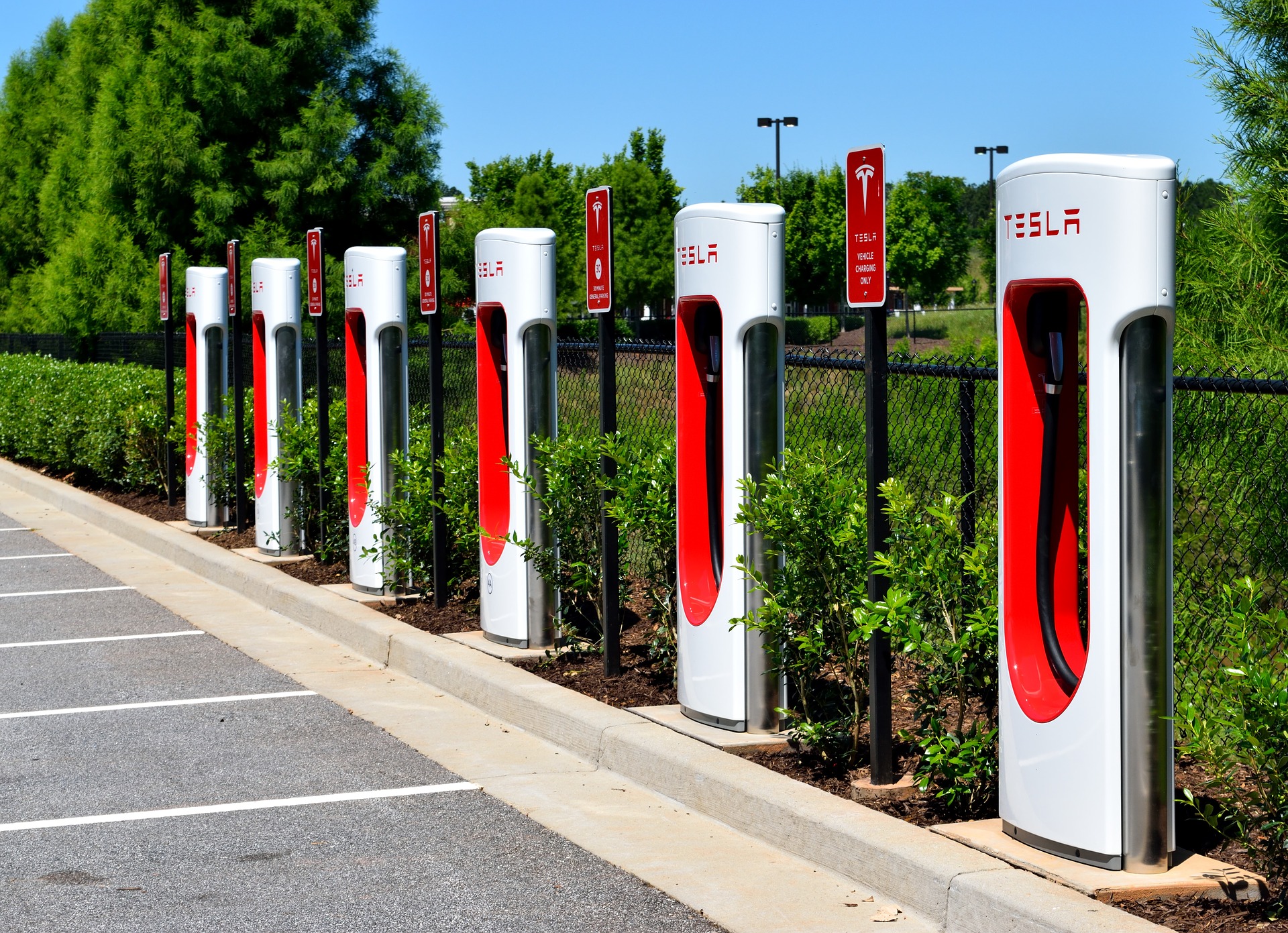When nature calls, you have to answer. But finding a clean public restroom in India, irrespective of whether it’s a city or a village is no mean feat. You either end up having an experience horrific enough to feature in ‘Public Restroom Horror Stories’, or you are forced just to hold it in till you are bursting at the seams.
This is especially true for women, who face not only physical and sexual threats but also an increased risk of urinary tract infections due to an absence of clean public toilets. Moreover, besides relieving themselves, they also require restrooms for attending to small children and for changing sanitary napkins during menstruation.

However, female visitors to Kerala’s Thiruvananthapuram Zoo will no longer have to fret about locating a clean public toilet. Recently, on World Toilet Day 2017, the zoo launched the first-ever ‘Smart She’ toilet on its premise.
Equipped with a sanitary napkin vending machine and a napkin incinerator, the unmanned self-cleaning toilet also has baby feeding and diaper changing stations. The user has to insert a coin to open the door, and its sensor-based light system is automatically turned on once you enter the toilet.
This unique toilet design is the brainchild of Thiruvananthapuram-based Eram Scientific Solutions, an R&D social enterprise that works on innovative solutions that can provide better sanitation for the nearly 600 million Indians who still defecate in the open.

Self-cleaning and solar-powered toilets by Eram Scientific
Inadequate sanitation and open defecation substantially increase the risk of groundwater contamination. Diarrhoea — one of the most common diseases caused by this contamination — is the reason that, in spite of rising incomes and better diets, the rates of child malnutrition in India do not improve faster.
According to World Health Organisation’s May 2017 fact sheet, at least 50% malnutrition in India is associated with repeated diarrhoea or intestinal worm infections from unsafe water or poor sanitation.
In fact, diarrhoea remains the second leading cause of death in Indian children under age five, killing an estimated 321 children every day and leaving millions more malnourished!

Another underappreciated aspect of India’s sanitation crisis is public safety. Open defecation poses a serious threat to the safety of women by exposing them to dangers like snake bites, sexual harassment and physical assaults. In fact, attacks on young women forced to relieve themselves under cover of dark are distressingly common.
Furthermore, it’s not just public health and safety. Inadequate sanitation is also an affront to human dignity. Lack of access to toilets leads to acute shame, embarrassment and fear that many Indian women and girls must deal with at least once a day, every day. This is also the reason girls commonly miss out on an education if school sanitation facilities are inadequate.
And the problem is not restricted just to rural India. The 2011 Census says that nearly 12% of urban India does not have access to toilets, a number that rises to 22% for small cities with population less than 100,000.
In fact, the people hardest hit by the lack of sanitation are the marginalized poor living in India’s densely populated cities.

However, while building toilets across the country are the need of the hour, it is also important to pay attention to their environment-friendliness, public utility and easy maintenance — a vast majority of Indians do not use existing public toilets due to their ramshackle state and unhygienic conditions.
Another issue of utmost concern is the proper collection, transportation and treatment of fecal sludge (septage) from pit latrines and septic tanks. Absence of efficacious fecal sludge management — a consequence of the “flush and forget” approach — is presently more the norm than the exception in all of India’s cities, leading to rampant water pollution and pervasive spread of diseases caused by pathogen-laden sludge.
In fact, according to a survey of 75 cities by the Centre for Science and Environment, between 70-90% of India’s human waste goes untreated into the environment. This is especially true of congested urban areas, where many residents are often not connected to conventional sewer networks.
These were the significant challenges that Eram Scientific set out to address.
Started in 2008, its core philosophy was driven by the basic premise that sanitation, especially public sanitation, had remained untouched by innovation in the past century or so.

Thus, Eram’s approach was to come up with innovative, easy-to-operate alternatives that could change the way traditional public sanitation worked in India. And the solution it found was e-toilets — a sleek steel cubicle equipped with a multitude of electronics to help it function as an automated, solar-powered and self-cleaning toilet.
Eram’s e-toilet flushes itself before, and after every use, with a minimum amount of water, that is determined through sensors: On an average, each flush uses 1.5 litres of water, compared to the 8-10 litres used by a normal flush. Its floor is automatically washed after every tenth use.
The lights also turn on automatically and draw power from a built-in solar panel. Everything is monitored through GPRS telemetry: the frequency and volume of usage, and water and electricity consumption. Also, there are provisions for waste treatment using anaerobic biodegradation.
All these provisions help ensure that these energy-efficient toilets can be installed in locations where access to electricity and common sanitation methods is difficult, if not impossible.
Furthermore, they are pretty cost-effective — a toilet with similar technology in Europe costs nearly ten times more.

e-Toilets at Mysore Railway Station
Also, while e-toilets may be more expensive than public toilets as they are built now in India, but most of the latter become defunct within months because of the lack of maintenance. Maintaining them also requires a lot of manpower.
Another great thing about e-toilets is the fact that facilities can be stacked on to their basic framework. This is important because even the best technology will not work in the long run unless it takes into considerations the specific needs and concerns of the people who are going to use them.
For example, when the Kerala State Women’s Development Corp. Ltd wanted a coin-operated sanitary napkin vending machine inside the toilets they ordered, the e-toilet was customized to include the same.

She Toilets are female-friendly toilets that cater to the needs of young girls during their menstrual cycle.
Till date, Eram Scientific Solutions has established over 2,100 e-toilet units across 20 states in India. This includes variants like She-Toilets for women, D-lite toilets for school kids and disabled-friendly toilets. It has also developed an app through which one can search for and locate the nearest e-toilet.
A full-fledged commercial e-toilet model that can recycle waste to make fertilizers, regenerate water and produce energy is next on the cards.
A prototype of this fully off-grid e-toilet has been installed at Leo XIII Higher Secondary School in Thiruvananthpuram’s Pulluvila locality and is already receiving positive reviews from the locals.
Source: https://www.thebetterindia.com/122372/solar-self-cleaning-toilets-eram-scientific-sanitation-un-india/


